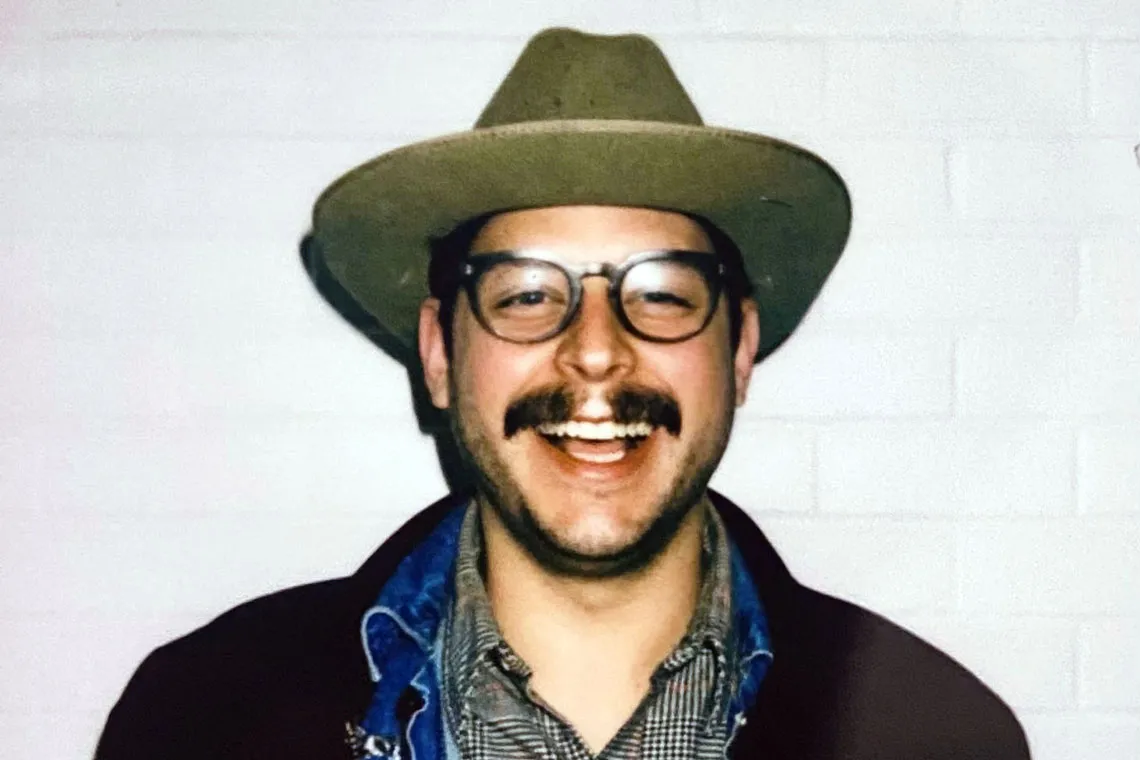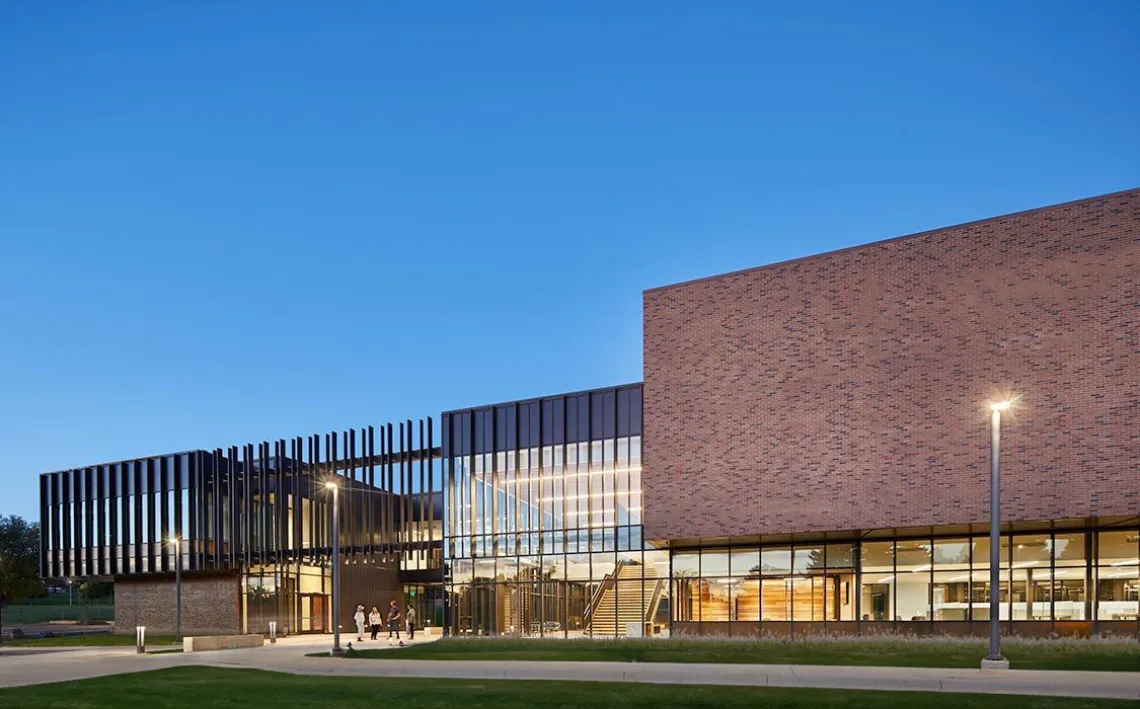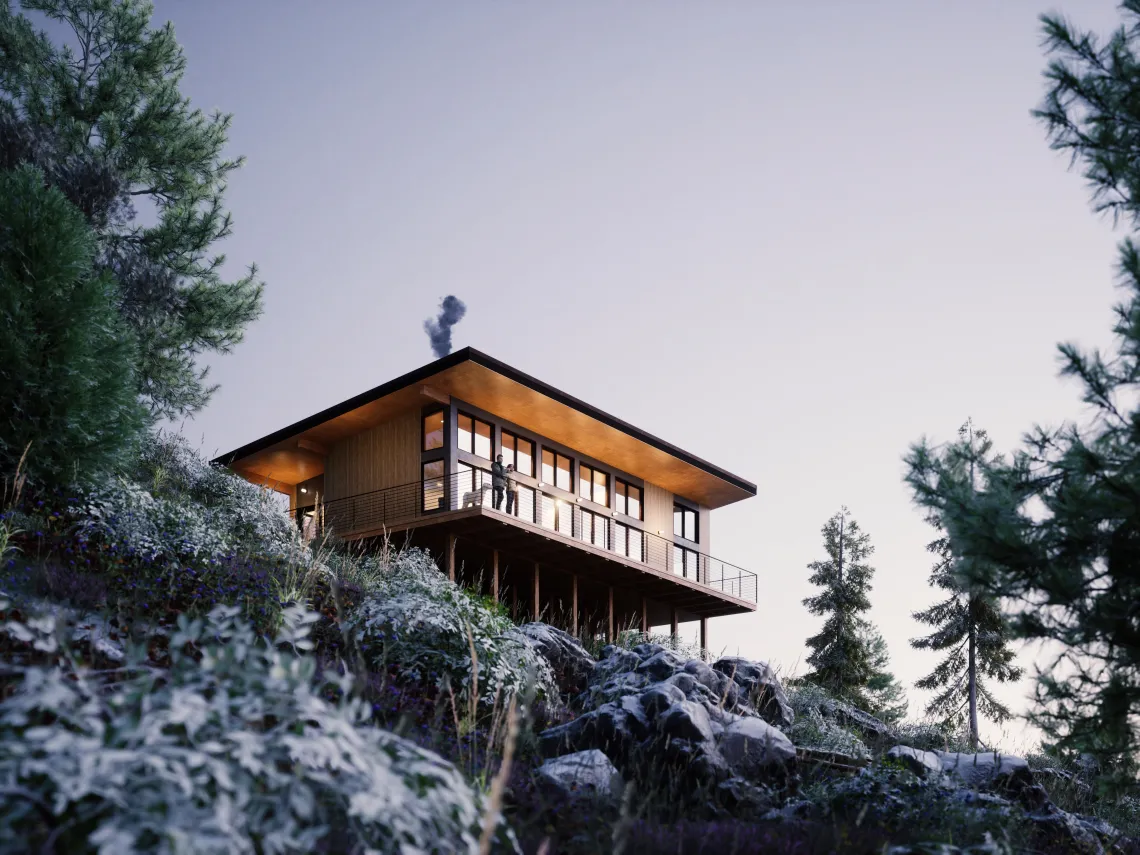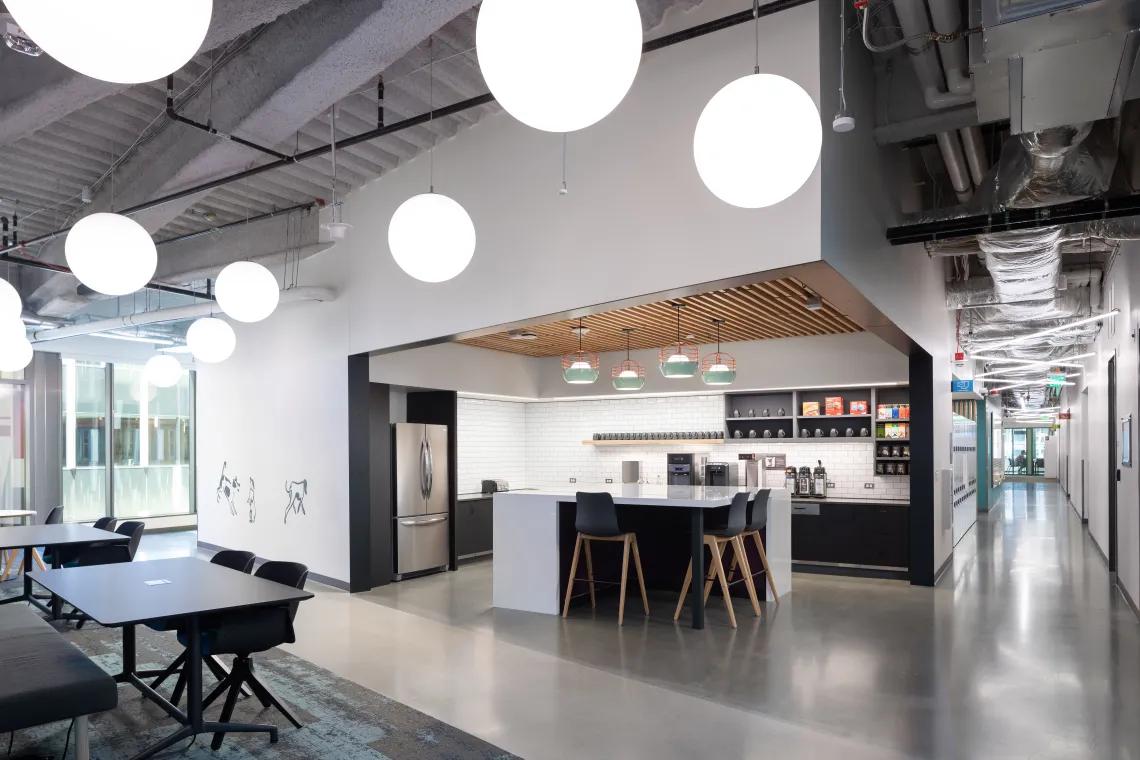Celebrating the Natural World: Myles Peña, Lecturer in Architecture

Eight Questions with Myles Peña, Lecturer in Architecture
“If you can find the unique beauty in a place or site and bring it to everyone's attention, you'll have a successful project.”
Between the lively city of Tucson and the core principles of the college, CAPLA was Myles Peña’s perfect fit. Since joining the college last fall, he has shared his expertise with aspiring architects to better prepare them for their dream careers.
What got you into architecture?
I don’t even really remember how I got into architecture, it was just always something I wanted to do. Before I even knew what an architect was, I was drawing houses and I still have sets of plans I drew when I was 7 or 8. Growing up I worked with my family on roofing and remodeling work during the summers. I continued to do small construction projects in high school and was fortunate to have drafting classes at my high school, so I got great exposure to the field and knew it was exactly what I wanted to do.
What brought you to CAPLA? Where were you located and what were you doing before you joined the college?
The beauty of the landscapes outside of Tucson and the cultural vibrancy inside of Tucson really drew me to the area. Having a school that aligns with my values and experience of teaching design along with the technical components to make it possible was the icing on the cake.

University of Providence University Center by Myles Peña while at NAC Architecture.
Are you currently practicing in the field of architecture?
I am! My background is mostly in educational institutions and high-rise workplace design, but I've also worked on everything from healthcare, master planning and custom millwork and furniture to supportive housing and multi-family residential. I'm currently a solo practitioner focusing on small-scale residential and commercial work.
What inspires your work?
Finding simple moments to celebrate by bringing in the rhythms of the natural world outside into the space inspires my work. My work is driven by highlighting the way the light comes into a space filtered through a tree canopy, bringing attention to moments of sky or intentionally sequencing spaces in relation to a specific view. I’m fortunate to get to spend a lot of time active outdoors and I want to bring that beauty into everyday life.

White Bird House by Myles Peña.
What are you teaching this semester, and what do you most enjoy about teaching?
I'm currently teaching a first year foundations course and a third year design studio in the School of Architecture. I really enjoy watching a new concept click for the students and seeing how quickly they grow as a result. The environment of creativity and curiosity is invigorating and I appreciate the reflection it provides.
How do you bring your research and practice into your teaching?
I bring over a lot of the ways I practice into the studio by sharing the specific traits that have helped make my projects a success, sharing the processes I use and encouraging constraints that better help prepare students for practice.
What advice do you have for students?
Focus on process over product. Open your eyes and ears to the world. Always know why. And if you can find the unique beauty in a place or site and bring it to everyone's attention, you'll have a successful project.

Workplace Gathering Area by Myles Peña while at SAB Architects.
Where do you see the future of architecture going?
It’s always difficult to say, but I’m optimistic that architects will begin to prioritize existing structures first and work to advocate for buildings that have a longer lifespan and are built with materials that can be recovered and reused at the end of a building’s lifespan. The rise of mass timber is exciting and more architects are beginning to see the value in designing not just for the people using the spaces, but also with intentionality around the local habitat and species which call the site home. This shift of community to include wildlife makes for higher quality spaces while combating the impacts of development.



